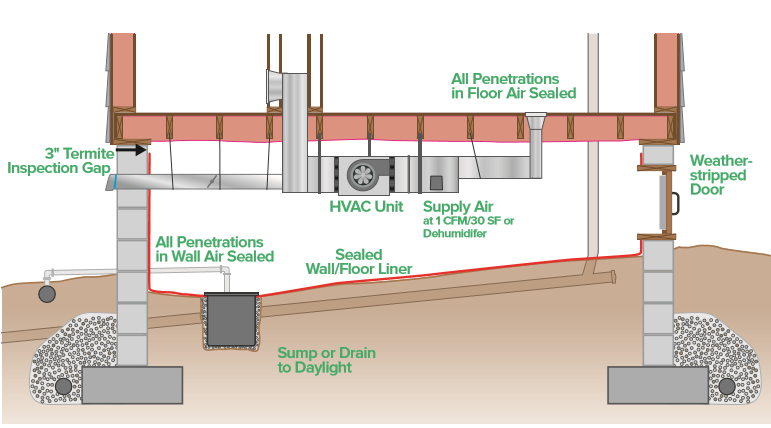When it comes to home insurance renewal, many Orange County homeowners are surprised to learn that their policy may require a home inspection. Whether you’re a long-time homeowner or new to the area, understanding why inspections are necessary and how to prepare can save you time, money, and stress. At Signature Home Inspection, we specialize in helping homeowners easily navigate the inspection process. Here’s everything you need to know about home insurance renewal requiring an inspection.

Home Insurance Renewal Requiring an Inspection?
Why Does Home Insurance Renewal Require an Inspection?
Insurance companies often require a home inspection during the renewal process to assess the current condition of your property. This helps them determine the level of risk associated with insuring your home. Factors such as the age of the home, its overall condition, and potential hazards can all impact your insurance rates or even your eligibility for coverage.
This is especially important for Orange County homeowners due to the region’s unique climate and geological risks, such as wildfires and earthquakes. An inspection ensures that your home meets basic standards and is not at an increased risk of damage.
What Does a Home Insurance Inspection Cover?
A home insurance inspection is typically a general evaluation of your property’s condition. It’s important to note that these inspections are not as comprehensive as a complete home inspection. They focus on identifying visible issues that could pose a risk to the insurer. Here are some key areas that inspectors may review:
- Roof and Exterior: Inspectors will check for visible damage, missing shingles, or wear and tear that could lead to leaks or other issues.
- Electrical Systems: They may look for outdated wiring, exposed wires, or other obvious electrical hazards.
- Plumbing: Inspectors will check for leaks, water damage, or signs of plumbing issues that could cause problems.
- HVAC Systems: They may verify that your heating and cooling systems are functioning correctly and are well-maintained.
What’s Not Included in a Home Insurance Inspection?
It’s important to understand that a home insurance renewal inspection differs from a complete home inspection. These inspections do not typically include structural integrity, foundation issues, safety evaluations (such as checking smoke detectors or fire extinguishers), or general maintenance. If you have concerns about these areas, you may want to consider scheduling a separate, more comprehensive inspection.
How to Prepare for a Home Insurance Inspection
Preparing for a home insurance inspection can help the process go smoothly and ensure your home meets the requirements. Here are some steps Orange County homeowners can take:
- Address Visible Issues: Before the inspection, fix minor problems like leaky faucets, loose gutters, or cracked windows.
- Clean and Declutter: A clean home makes it easier for inspectors to access key areas like the attic, basement, and electrical panels.
- Gather Documentation: Have recent repairs or maintenance records ready to show the inspector.
What Happens After the Inspection?
Once the inspection is complete, the inspector will provide a report to your insurance company. If any issues are identified, you may need to repair them before your insurance provider approves your renewal. The insurance company may sometimes adjust your premiums based on the inspection results.
For Orange County homeowners, staying proactive is key. Addressing potential problems early can help avoid higher insurance costs or policy cancellation.
Why Choose Signature Home Inspection?
At Signature Home Inspection, we understand the importance of a reliable and efficient inspection process. While home insurance renewal inspections are limited in scope, our team is here to help you prepare and address any concerns. With years of experience serving Orange County, we know the unique challenges homeowners face in this region and are here to help you every step of the way.
If your home insurance renewal requires an inspection, don’t wait until the last minute. Contact Signature Home Inspection today to learn how we can assist you in preparing for the process. Call us at 888-860-2688 or visit our website to book an appointment. Let us help you protect your home and your peace of mind!





